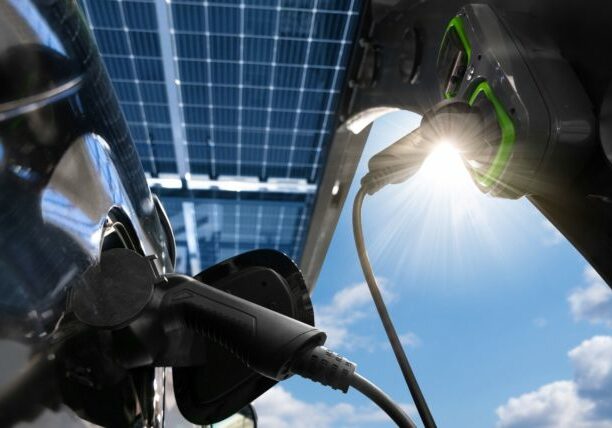December 16, 2015
Power Outages Are Not Just a Problem for the Northeast
By Sarah Galbraith
Think power outages are only a problem in the Northeast? Think again.
Sure, two of the largest blackouts in history happened in the Northeast (in 2003 and 1965, counted by the number of people affected and duration). With a dense settlement pattern and major economic hubs, outages in the eastern part of the country tend to affect a lot of people and they get a lot of press. Take, for example, the 30,000 customers that were without power at the end of November in Saratoga County, NY due to a broken transmission pole.
But widespread power outages are not a Northeastern problem alone. In fact, the top 5 states with the most reported outages in 2014 were California, Texas, Michigan, Pennsylvania, and Ohio.
A quick scan of the news reveals that in any given month, hundreds of thousands of people are without power in all parts of the country. For example, in November:
- A heavy snow storm left more than 50,000 without lights and heat in the Detroit Metro area, while an ice storm cut power to more than 77,000 customers in Oklahoma and 4,100 in Kansas and Texas.
- Winter weather in Nevada left about 6,000 customers without power in the northern part of the state.
- High winds knocked out power to thousands of people in Montana.
- 180,000 were without power in Spokane, Washington after an unusually strong windstorm – and about 20,000 of those people continued to be without power one week later.
- Wild weather including strong winds, a tornado, and snow caused more than 15,000 customers to lose power in Southern California.
- More than 100,000 were without power in Oregon and Washington due to heavy rains, flooding, a tornado, and mudslides caused by a string of storms.
Severe weather was not the only cause of widespread outages last month: 6,100 were without power in Ohio on Thanksgiving due to a blown transformer, and Long Beach, California continues to suffer a string of outages that began in July due to equipment problems, and have affected as many as 30,000 customers at a time.
That power outages are a national problem is no surprise given our country’s aging electrical infrastructure, combined with extreme weather that is increasing in frequency and intensity. For many, these losses of power are far more than an annoyance: The consequences can be life threatening for vulnerable populations such as those with limited resources, the elderly, or those with medical conditions that require access to life-supporting equipment and refrigerated medicines.
In the face of increasingly severe weather and power outages, distributed renewable resources, like solar and wind power generation, will allow for increased grid flexibility and decreased vulnerability to widespread outages. And technologies capable of islanding from the grid, such as energy storage, combined heat and power systems, and microgrids, will support greater resiliency.
Just as power outages are a widespread problem, resilient power programs are being adopted by numerous states, including many outside the Northeast. Florida’s SunSmart E-Shelters program, for example, has installed resilient solar+storage systems in more than 100 schools that serve as public emergency shelters. The California Demonstration of Low-Carbon Microgrids for Critical Facilities is providing funding for four resilient microgrids that will support critical services in Santa Rosa, Blue Lake Rancheria and Walnut Creek. And Oregon has undertaken resilience planning in preparation for a predicted earthquake, is funding a resilient solar+storage demonstration project, and has adopted an energy storage mandate.
These are just a few examples of state-led initiatives to improve energy resilience in all parts of the country. For more information on what states are doing, both in the Northeast and elsewhere, see the Clean Energy Group report, What States Should Do: A Guide to Resilient Power Programs and Policy.














